As it awaits a long-anticipated spike in the yellowcake price, Curzon Resources is doubling down on its innovative strategy of locking in long-term supply via offtake agreements with hopeful juniors rather than investing in their companies or their projects. The London-based firm, which over the past two years has signed two long-term supply deals with prospective uranium producers, is in talks with five to six other juniors and expects to sign two more supply deals this year. In this in-house supply-demand model, Curzon founder and chairman Nick Clarke sees the most opportunity for successfully bridging the gap between the sluggish uranium market and an expected price recovery sometime during the next decade. “We’re committed to putting capital and expertise and our time into the market,” Clarke said during a Oct. 3 interview with Energy Intelligence at Curzon’s London headquarters. “The opportunity we see is to warehouse risk for utilities and be a partner to market for juniors with offtakes. … We’re taking risks that utilities used to take, but can no longer due to market conditions. That’s how we make our money.” This is a relatively unique model. It’s distinct from the model of Sprott Global Resource Investments, the US-based investment firm headed by Rick Rule, which is buying equity in a handful of juniors on the expectation that their share prices will take off when the uranium price does (NIW Nov.28’16). It’s also not based on full acquisitions, such as the 2007 takeover of UraMin by Areva (now Orano) or the 2011 takeover of Mantra Resources by Rosatom (NIW Jul.11’14). “We looked at more greenfield assets,” said Clarke, but these would require “a Mantra deal: getting a license, proving it up and then trying to sell the asset.” And this involves “a long lead time and a different skill set.” Curzon’s model is also distinct from the increasingly popular “uranium fund” model first utilized by the Uranium Participation Corp. (related). Curzon, which is focused primarily on uranium but which is also investigating the nickel and cobalt markets, isn’t a listed company, and it’s therefore not simply trying to provide equity investors with a pure uranium play. Curzon’s strategy first emerged in the autumn of 2016, when Curzon (then Interalloys Trading) signed an offtake agreement with Berkeley Energia to purchase up to 3 million pounds U3O8 over the five years after production starts at Berkeley’s Salamanca project in Spain, at a projected average price of $42.43 per pound U3O8. That figure includes pounds that Curzon has the option but not the obligation to buy (NIW Nov.28’16; NIW Sep.23’16). Curzon followed this with an agreement in January to purchase some 4.75 million lbs. U3O8 over seven years from the Gurvan Saihan project in Mongolia, acquired by the Czech Republic’s Uranium Industry A.S. in 2015 from Denison Mines (NIW Aug.21’15; NIW Jul.31’15). The pricing formula under the deal combines market-linked prices with floors and ceilings, and a fixed price averaging $35/lb. U3O8. ‘Realistic’ Uranium “We’re looking at assets that we think have a realistic chance of going into production in the near future,” said Bram Vanderelst, Curzon’s head of uranium, and a veteran uranium trader. “Near future can be anywhere between 2020 and 2025, I’d say.” Vanderelst continued that “we’re not massive believers in the Canadian assets, for example, mainly because for most of them you need to sink in over half a billion in capex, and there is a lengthy licensing process.” But “we quite like Africa;” not only does Clarke separately have interests in other African assets (in other commodities), but the continent is home to prospective uranium projects that can be developed “a bit quicker and more easily, although the grades are lower.” That’s not to say that Curzon isn’t already active in the spot market. The firm recently hired Bryan Corder, another veteran uranium trader, from Itochu to oversee its uranium trading business in North America. Already Curzon is transacting anywhere from a couple small deals per month to over half a million lbs. U3O8. “We’re not as big as some of the other large traders that you see out there, because we don’t have the resources to do as many deals” as other traders. Rather than high-volume trading, “we try to look at things a bit more structured.” For the moment, Curzon hasn’t sold on any of the uranium it has committed to purchase from Salamanca or from Gurvan Saihan. “We haven’t sold any pounds yet, but we are in talks with various different people. And the thing is ultimately, where we see us being a supplier in 2020 and onwards is when we have [offtakes with] two or three or four of these projects.” At that point “you then can supply not necessarily from Salamanca, for example, but you supply from your portfolio.” With its series of off-take agreements, therefore, Curzon will be able to approach the market as a producer. “We are in the market to stay, and that’s something that really takes time for people to get,” said Vanderelst. “Our natural trading partners right now are typically more supplier and trade related because they understand our business a bit better than utilities.” Within three years Curzon hopes that “everybody around the world in this space will recognize us as a sustainable supplier.” Phil Chaffee, London pchaffee@energyintel.com

